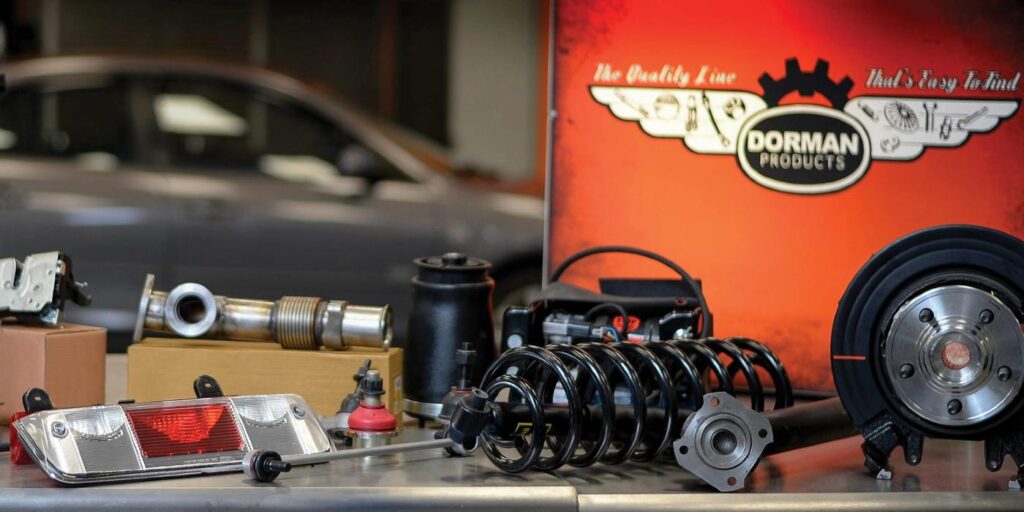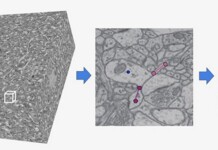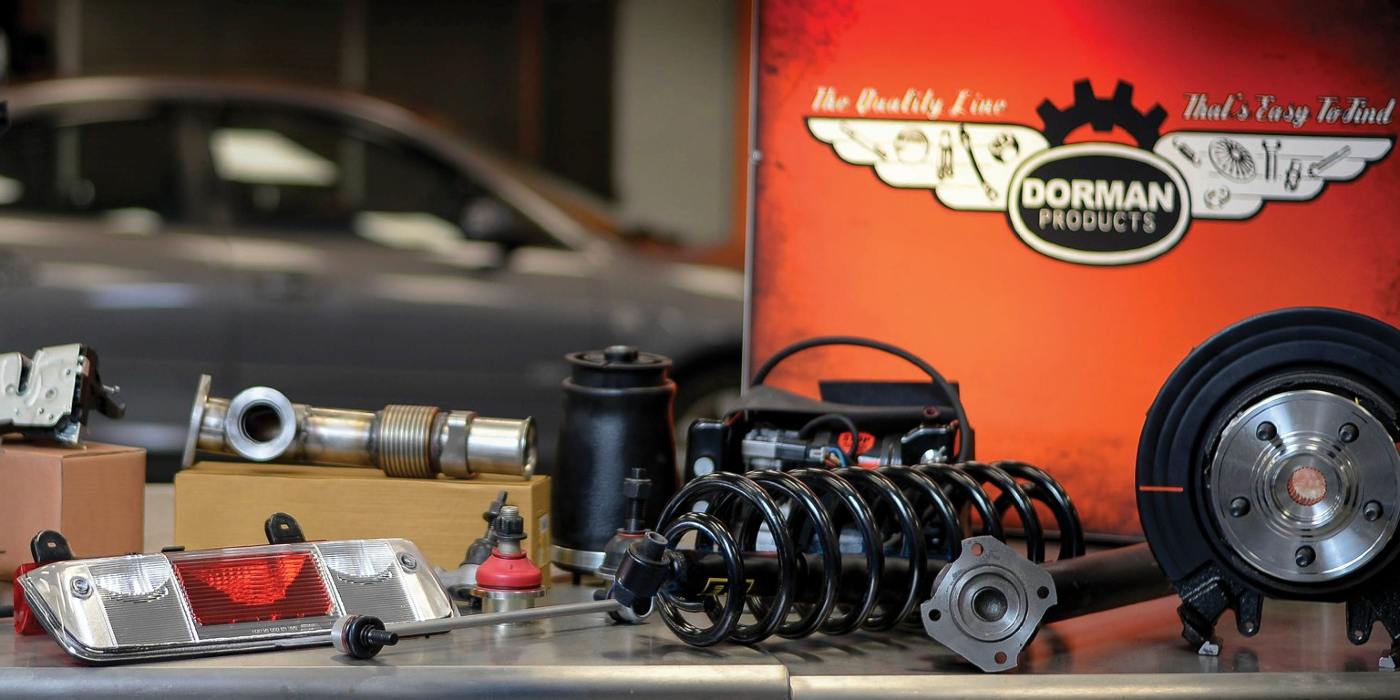
One innovative company perfectly embodies the ideals of consumers who deserve and are demanding the ‘right to repair’.
Dorman Products‘ constant detective work to see which automotive parts are failing in large numbers on which models has allowed them to grow into a big operation—where they know exactly which parts on your car are likely to break first, why, and how to make them better, giving consumers not only cheaper prices at the garage, but the freedom of DIY.
For those old enough to remember being able to open the hood of a car and see parts they could reach with their hands, they’ll know it’s much more difficult nowadays to make repairs on your own.
After-market auto parts is a $200+ billion a year sector, and while most manufacturers have to make millions of different parts and get bossed around by the original equipment manufacturer (OEM), Dorman stays nimble by choosing only the parts likely to break, and selling them at a third of the cost.
They’ve gotten so good at this that the parts departments at many dealers stock the Dorman parts instead of OEM parts.
The secret is constant market research. By repeatedly plumbing the depths of America’s auto-workforce to learn which parts are going wrong and why, they attain short-term near-monopoly positions in thousands of mini-markets—the brake dust shields for 00-14 GMC models’ wheels for example.
From tens of thousands of new product ideas, Dorman will choose several thousand that are in extreme niches and likely to be ignored by OEMs or big after-market producers. It then re-designs the part to fix any flaws, for instance adding a protective coating to a fast corroding part or changing the interface to make it easier to install.
MORE: France to Become the First Country to Label Electronics With Repairability Tags
In this way they not only please the customer, but their outsourced R&D department—the mechanics that submit ideas for new parts inform them of ones they are replacing frequently, and are perhaps more likely to look at the Dorman catalogue before ordering an OEM part.
They back up this innovative business model with a strong marketing presence of how-to guides, a big social media block, and newsletters to ensure they are sowing the seeds for future information/buying opportunities.
CHECK OUT: Low Ambient Light Indoors Can Be Harvested to Charge Electronics
For example, they do a monthly parts review, explaining which after-market solutions they’ve perfected on original designs. In some cases, like master cylinder or lift-gate motor parts, Dorman explain the OEMs often require you to replace the whole assembly, rather than specific inferior components they’ve identified and improved. When you factor in labor, the cost savings are astronomical.
(WATCH the video about this story below…)
Fix Up Your Social Media Feed By Sharing The Good News With Your Friends…





















True story. Years ago I owned a Honda Accord and the Electronic Module would stop working every few months and the car wouldn’t start. The small part cost $500 new, but I kept the old one and cleaned it up. Sure enough, the new one failed a few months later, so I pulled out the old cleaned up module and installed it. The car started up and drove perfectly! I kept cleaning and recycling those two modules until I sold the car. Saved me thousands of dollars!
So more than likely there was nothing wrong with either module, just the connectors. Unplugging and replugging was probably just wiping the contacts clean.
When swapping modules to troubleshoot it’s always a good idea if it seems to fix the problem to put the old one back and see if the problem reappears. So much money and time is wasted these days because troubleshooting skills have been lost in many industries.
Or those in the industry choose to opt out of cheap solutions for the customer in order to make more money. We consumers might need to become more savvy in our knowledge when getting service done on our cars. Luckily the internet can help us do that…